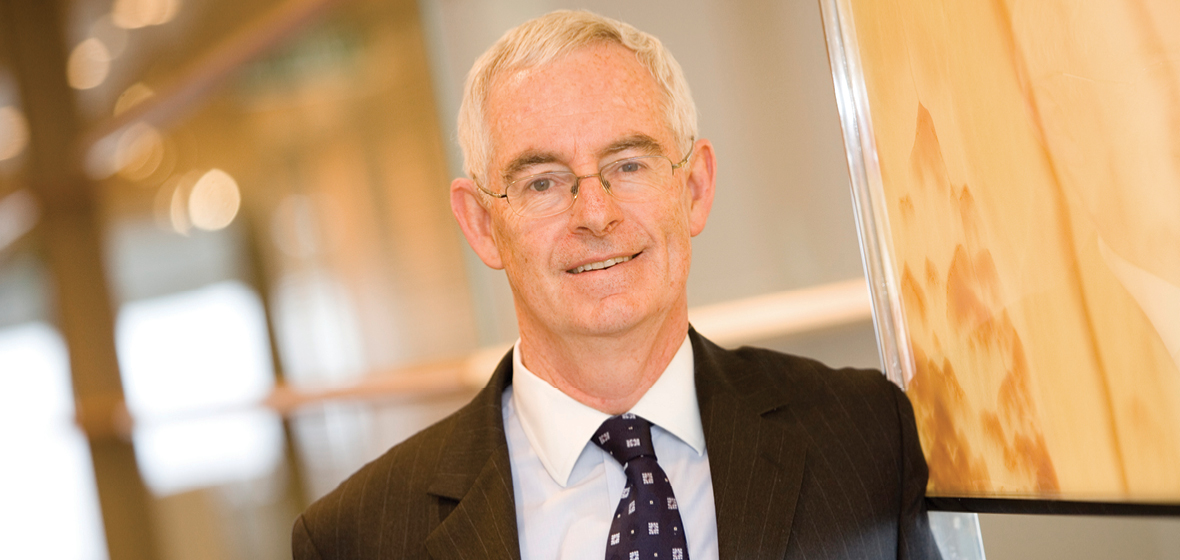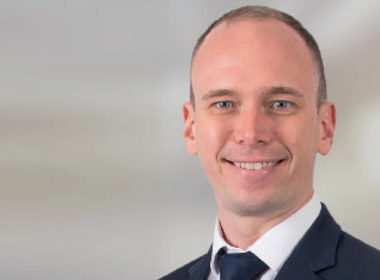Wayne Cahill is a senior consultant at Ashurst and heads the firm’s national health and aged care practice. He has appeared on the Australian Best Lawyers List in the area of health and aged care from 2008 to 2020. Cahill shares his experience working on an emergency application case.
A number of years ago, the former general manager of Westmead Hospital called to tell me that a 27-year-old man had been hit by a truck while on a pedestrian crossing. The man was put on life support and his wife requested a sperm extraction because they didn’t have children. The doctors refused her request and the wife made an application to the Supreme Court.
The duty judge, Justice O’Keefe called a hearing for the next day. I acted for the hospital and the wife was represented by two lawyers. When she gave evidence, there wasn’t a dry eye in the house. She acknowledged in questioning that she had never discussed having children with her husband but just thought they would do so at some point.
An ICU specialist confirmed that the man was brain dead and that it was his view that it wasn’t in the best interests of the patient to extract sperm. Moreover, the longer the man stayed on life support, the more his sperm would deteriorate.
In my argument I referred to limited case law and the Human Tissue Act 1983 (NSW). My understanding of the law was that there are two inherent jurisdictions the court has, in relation to children and the disabled. If the inherent jurisdiction is found, the obligation is always to act in the best interests of the affected person.
The practical difficulty here was that the man was on life support and not expected to live so it was difficult to argue that a sperm extraction was in his best interests. It wouldn’t prolong his life in any sense. Further, as there are only these two inherent jurisdictions, for the judge to exercise discretion in this case, it would require creating new law.
Two weeks after the hearing Justice O’Keefe held that there was no inherent jurisdiction and that he did not think it was appropriate to create a one. Further, even if there was an inherent jurisdiction, he wouldn’t have granted the requested extraction because it wasn’t in the best interests of the patient. It was quite a harrowing decision but legally not unexpected.
When we came out of the court room there were a lot of media and the case appeared on the front page of The Sydney Morning Herald because it had a lot of human interest. Ultimately, with appropriate counselling and discussions with the wife, the man was taken off life support and died a couple of days later.
The case reinforced to me the importance of the law and human interaction with the law. The media and community interest in this case was akin to the situation with Celeste Barber and the bushfires. As a corporate lawyer, I find that interaction between human needs and the legal content fascinating.
I’ve been involved in seven of these emergency application cases, and what I’ve learnt is that it is crucial to have materials ready should something like this occur. The case also highlighted to me the ease at which people can make applications to the court. I think a lot of people don’t realise that the court is available on this on call basis.




